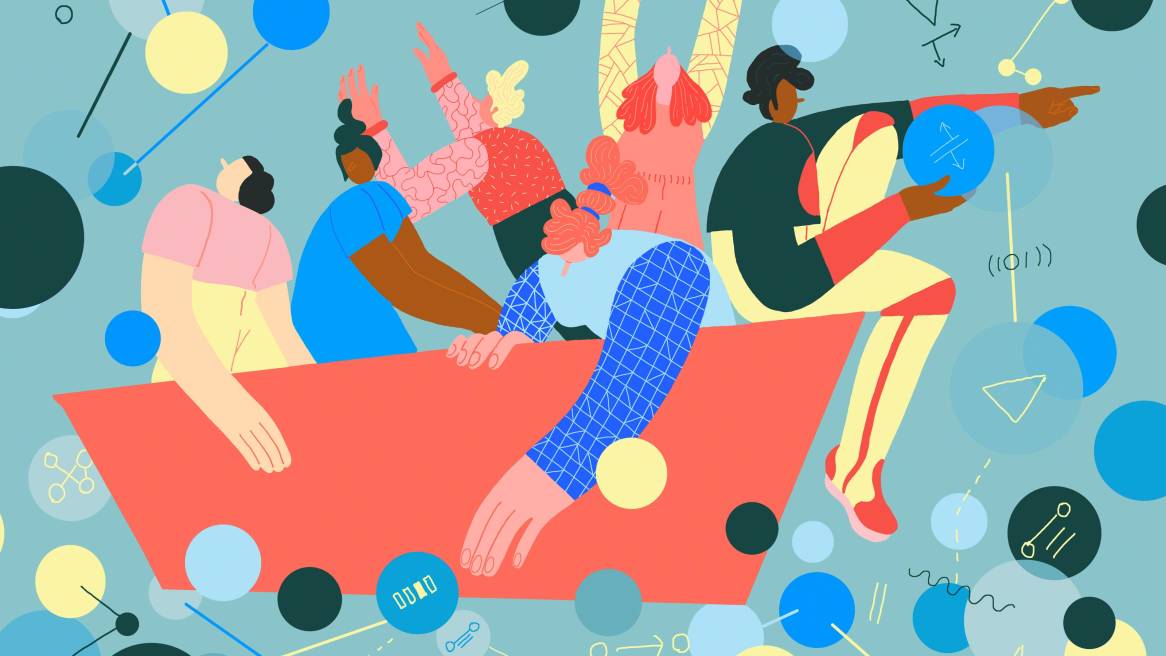Fast Forward
Navigating Oceans of Data
We’re already inundated by massive amounts of information bombarding us from seemingly every direction. And yet we will see more, more and more data being effortlessly collected by growing numbers of sensors and machines. How will we make sense of it all? The rapid growth of machine learning and artificial intelligence systems will move from being a far-away scenario to an everyday necessity as we increasingly rely on these backstage systems to analyze and apply data in meaningful ways to our work and lives. New forms of interaction with data will also emerge; in fact, many predict that AR and VR will become a primary mode of interacting with large data sets in new, visual and immersive forms. “Data” will no longer be 2D strings of information on a blinking screen; it will become embodied through immersive experiences that are powered by AI.
The primary advantage of this format over a typical computer interface is that displays will no longer be tethered to walls or flat surfaces. A virtual tree will be experienced, in three dimensions, just as a tree in the physical world. Since worlds have height, depth, width and distance, where information is hosted will matter. Digital spatial coordinates will map where content is placed in the virtual world, a representational analog of our own. Associations with places in our world will help us locate apps, programs and tools in the virtual world.
If you’ve ever tried to review a giant spreadsheet or book-length manuscript, while scrolling in and out of 10 open Internet tabs on your desktop, you understand the desire to develop such new interfaces. Imagine a future in which you can turn around in a circle and engage with only the data you need, reach out and touch it across three dimensions. This will radically change how information is displayed and manipulated in space. Flat screens and browser windows will become obsolete. We will explore volumetric visualizations of data worlds with broad gestures of our head, arms and bodies. Chairs and other furnishings will operate like joysticks, leveraging our actual body motions to change our physical orientation in virtual space. Numbers will become almost-physical objects that we can, quite literally, play with.
“Imagine a future in which you can turn around in a circle and engage with only the data you need, reach out and touch it across three dimensions.”
- Glimpses Into the Future
- Active Agents in the Gig Economy
- Navigating Oceans of Data
- Intelligent Innovation Networks
- Healthy, Sustaining Spaces
- Room as Team Member
- Spaces that Know Us
- Virtual Social Spaces


